Vision Research has officially introduced the Phantom KT-Series, a revolutionary lineup of high-speed cameras tailored for scientific research. These compact yet powerful imaging tools leverage state-of-the-art Back Side Illuminated (BSI) sensor technology, delivering exceptional low-light performance, ultra-high frame rates, and nanosecond exposure times. While engineered for academic and industrial applications, the KT-Series also holds exciting potential for high-end cinematic slow-motion capture, similar to how previous Phantom cameras found a place in Hollywood.
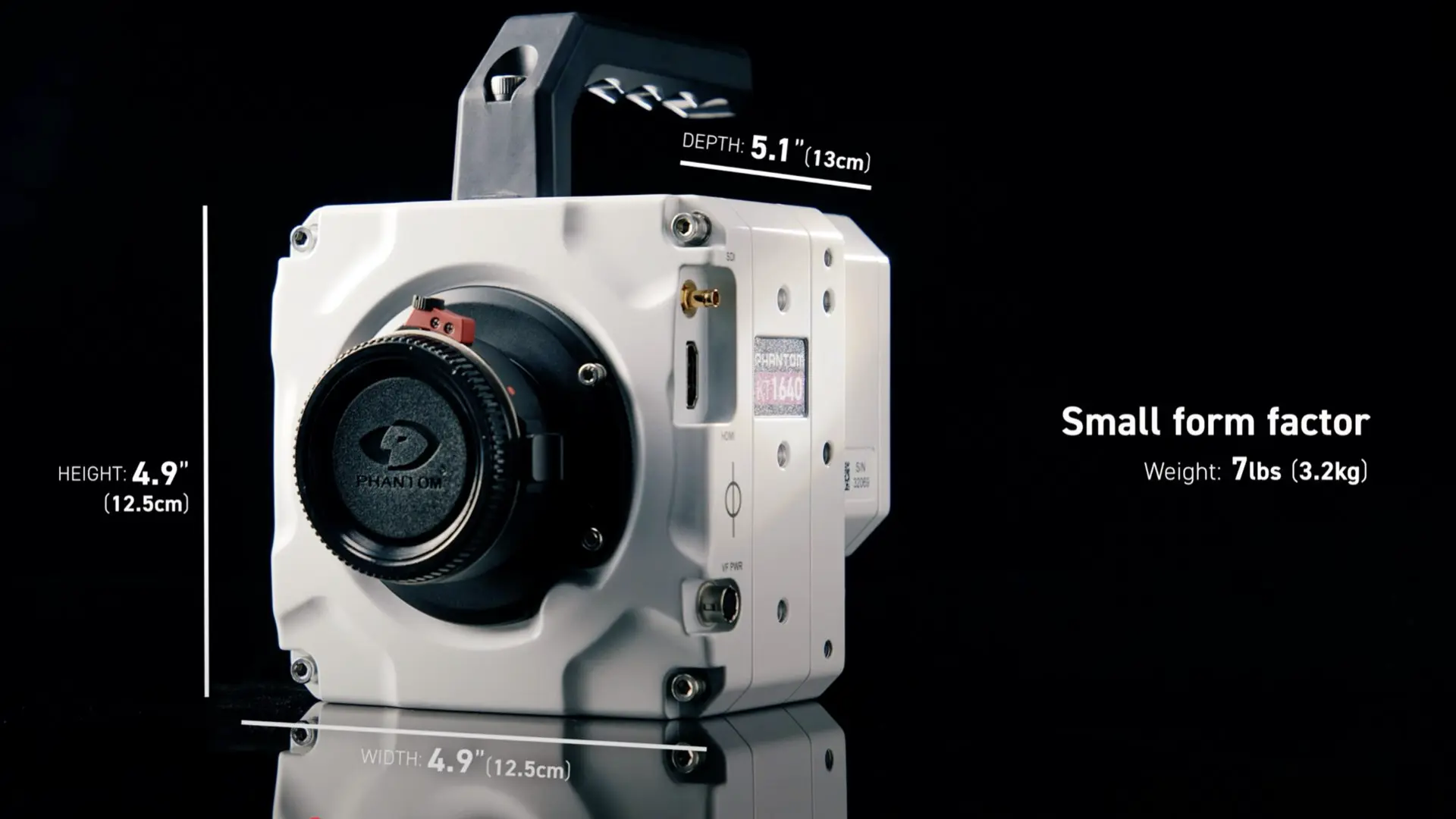
The KT-Series: Three Models, One Powerful Lineup
The Phantom KT-Series consists of three models, with the KT1640 standing as the most capable. Featuring a 2560 x 1664 resolution and capable of shooting 3,760 frames per second (fps), the KT1640 represents a breakthrough in high-speed imaging. The ability to freeze motion at these speeds makes it ideal for capturing extreme details in fast-moving subjects—whether for scientific analysis or cinematic slow-motion sequences.
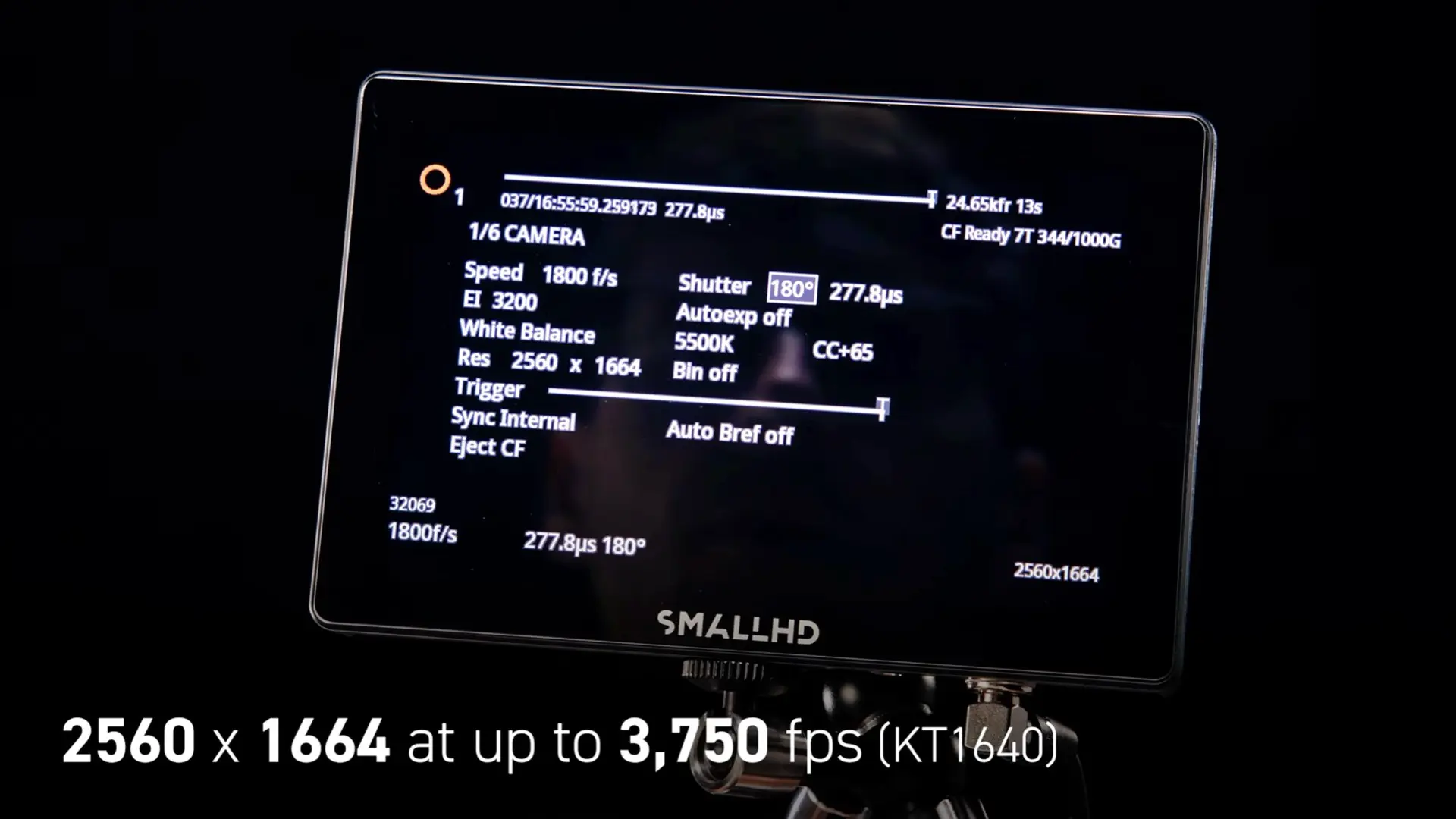
Forza’s Big Sky Sensor Powers the KT-Series
A key component of the KT-Series’ exceptional performance is its sensor, developed by Forza, the company behind the acclaimed Big Sky sensor (This is the sensor of the Big Sky Camera) and is known for its medium-format capabilities, balancing high resolution with extreme frame rates. The same engineering prowess that enabled the Big Sky sensor to power the Las Vegas Sphere’s massive high-resolution displays now drives the Phantom KT-Series, ensuring unparalleled image quality.
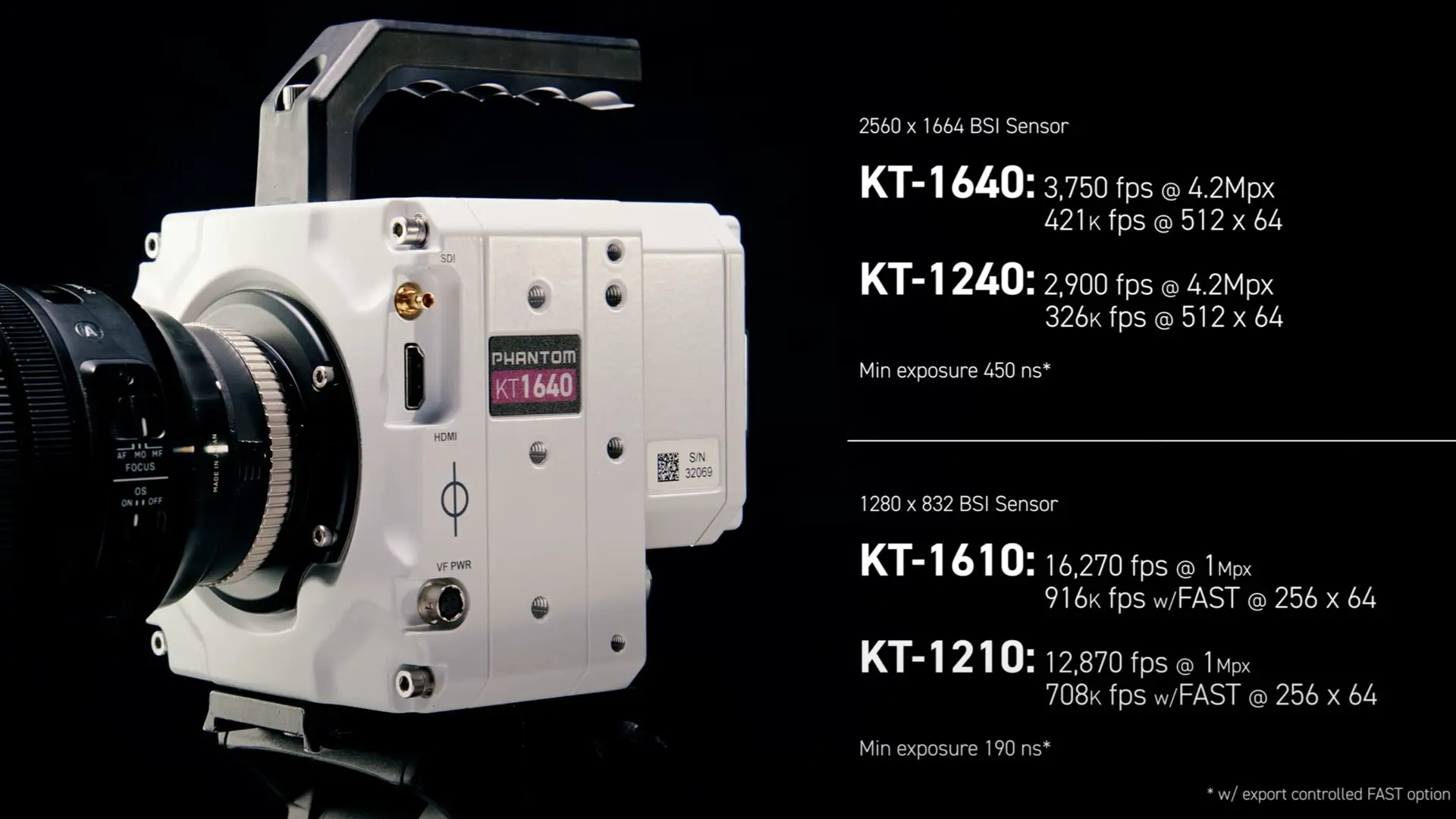
Bridging Science and Cinema: How the KT-Series Can Revolutionize Filmmaking
Historically, cameras designed for scientific applications have found a place in high-end filmmaking. The Phantom Flex 4K, for instance, was originally intended for lab work but became a favorite among filmmakers due to its ability to capture stunning slow-motion sequences. The KT-Series, with its nanosecond exposure times and unmatched frame rates, presents similar cinematic opportunities, allowing for:
- Precision Slow-Motion Capture: The ability to shoot thousands of fps means filmmakers can freeze even the most rapid motion, from bullet impacts to explosive action scenes. See this breakdown of how many fps are needed to capture a speeding bullet.
- Extreme Detail in Action Sequences: Hollywood has long utilized Phantom cameras for action-packed, ultra-slow-motion shots. Filmmakers looking to push the boundaries of cinematic slow-motion should consider the KT-Series as a new tool for visual storytelling.
- Versatility for Extreme Cinematography: From capturing 100-foot waves in surfing documentaries (Extreme and Dangerous Cinematography) to shooting 800,000 fps with the Phantom TMX (Shooting at 800,000fps), ultra-high-speed cameras have been pivotal in expanding what is possible in visual storytelling.
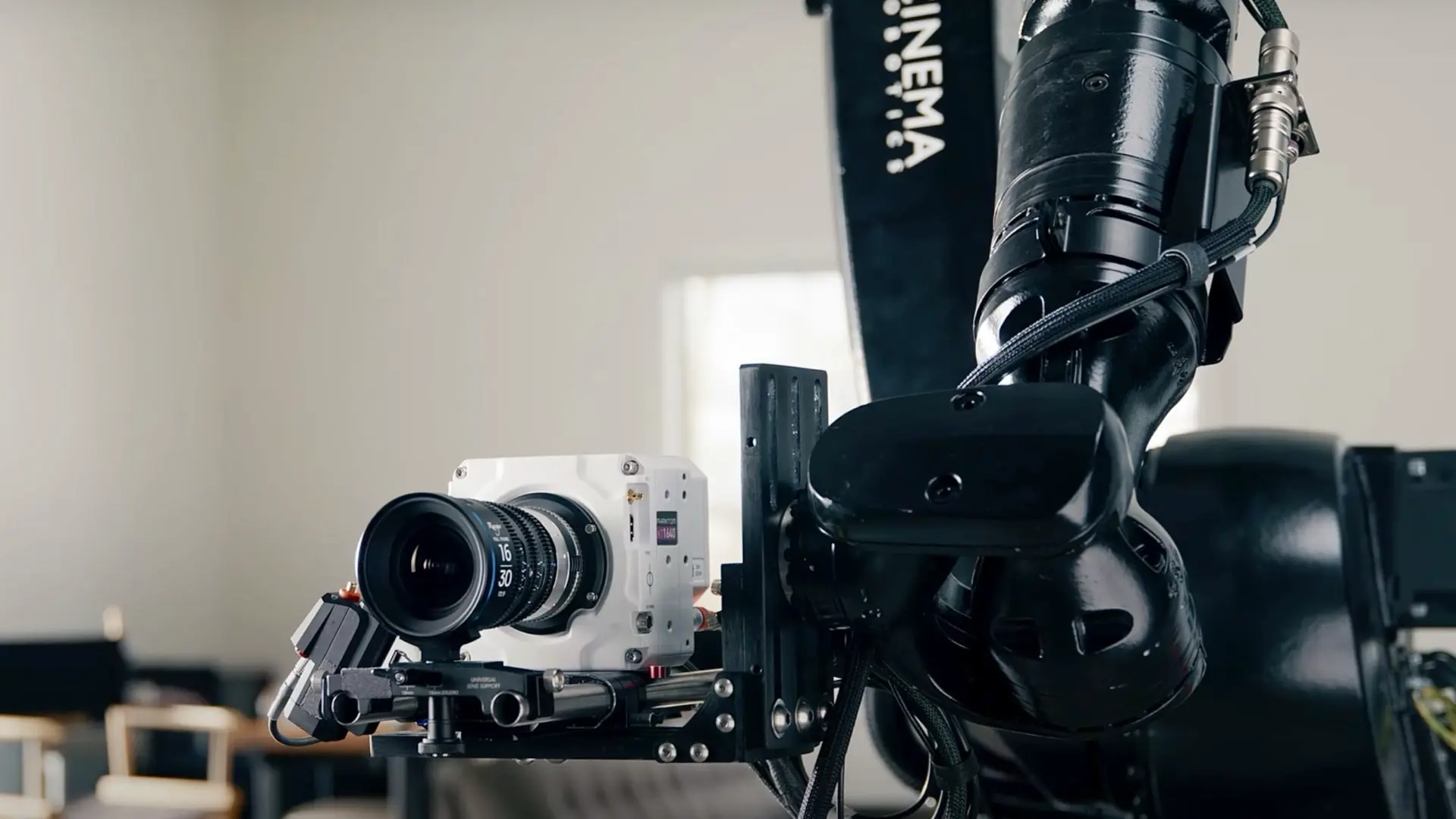
A Legacy of Phantom Cameras in Filmmaking
Vision Research’s Phantom camera lineup has played a significant role in shaping high-speed cinematography. Looking back at previous models, we see the transition from scientific tools to Hollywood mainstays:
- The Phantom Miro LC320S brought high-speed capture to compact cameras, making it a favorite for filmmakers looking for mobility in ultra-slow-motion shots. A tribute to the Phantom Miro LC320S.
- The Phantom 65, one of the first 65mm digital cinema cameras, paved the way for high-end digital cinematography. A tribute to the Phantom 65.
- Techniques in shooting at 1000 fps and beyond have long been a subject of discussion among filmmakers. Read about the best tips and tricks for high-speed cinematography.
The Phantom camera lineup has been instrumental in slow-motion filmmaking, capturing breathtaking imagery that would be impossible with conventional cameras. High-speed cinematography has become an essential part of action filmmaking, enabling directors to depict dynamic movement with unparalleled clarity. From explosive Hollywood action sequences to groundbreaking scientific documentaries, Phantom cameras have been the gold standard. Filmmakers have pushed the limits of these cameras in productions like sports cinematography, where ultra-high-speed footage enhances the drama of athletic feats. The ability to capture micro-movements in fights, explosions, and car chases has also made Phantom cameras a staple in blockbuster filmmaking. Additionally, their use in wildlife documentaries has provided an unprecedented look into the behaviors of fast-moving creatures, revealing details that the human eye could never perceive in real time. With the KT-Series now entering the scene, this legacy continues. Compact, powerful, and engineered for extreme slow-motion, the KT-Series could soon become a go-to choice for action filmmakers and cinematographers who demand the highest level of precision in their shots.

The Future of Ultra-High-Speed Cinematography
With the Phantom KT-Series, Vision Research continues its legacy of pushing the boundaries of high-speed imaging. While designed for scientific and industrial applications, the film industry is likely to embrace these cameras just as it did with previous Phantom models. The KT-Series’ ability to capture motion in extreme detail makes it an invaluable tool for filmmakers, visual effects artists, and cinematographers looking to explore the next frontier of ultra-slow-motion storytelling, especially when a compact form factor for ultra-slomo action shots are needed.

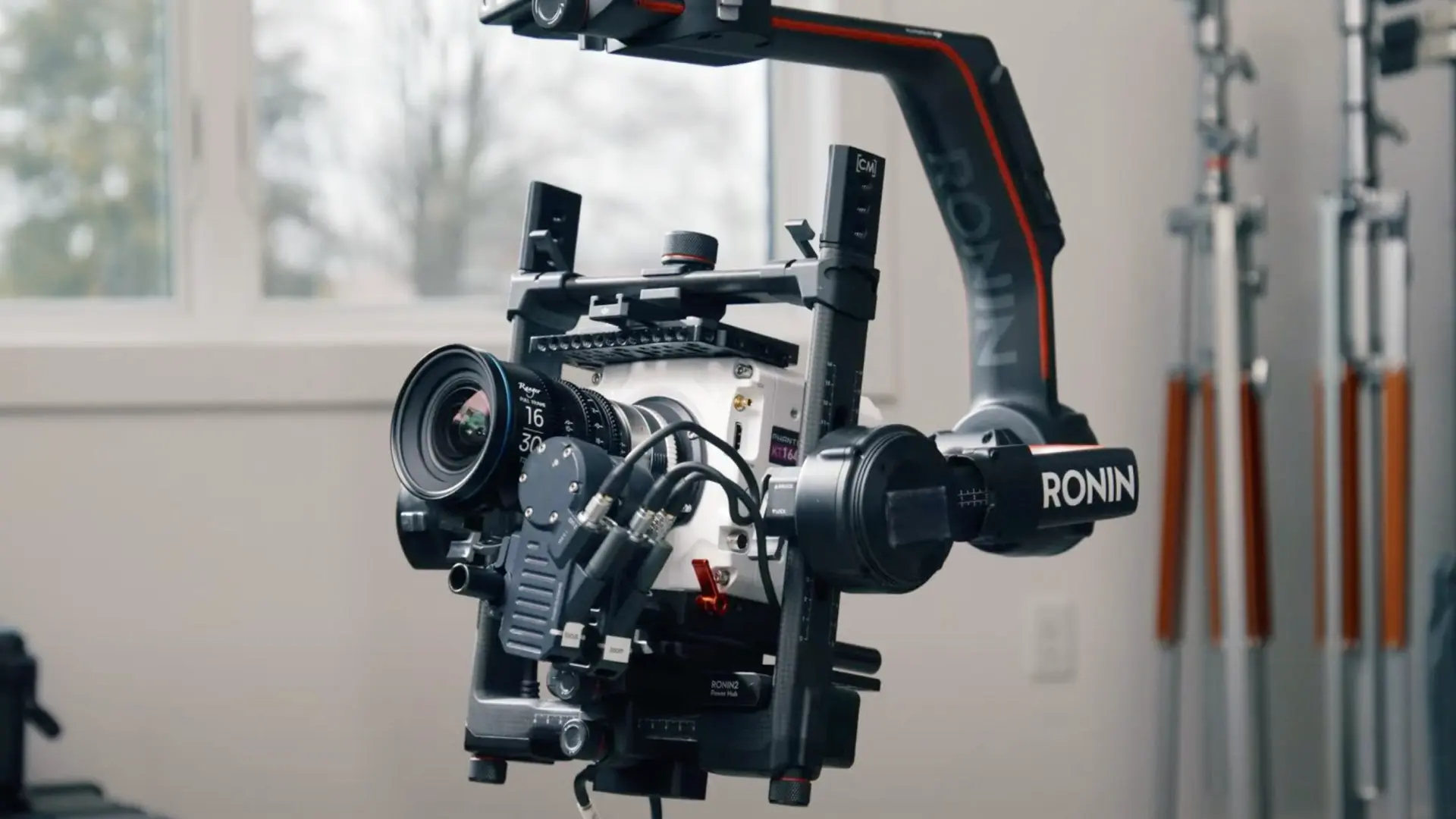
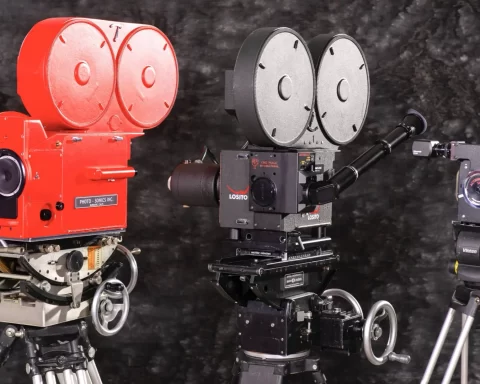
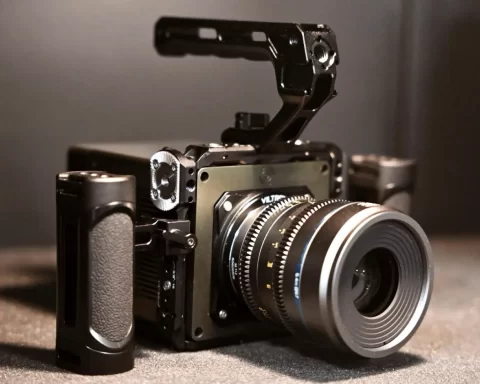
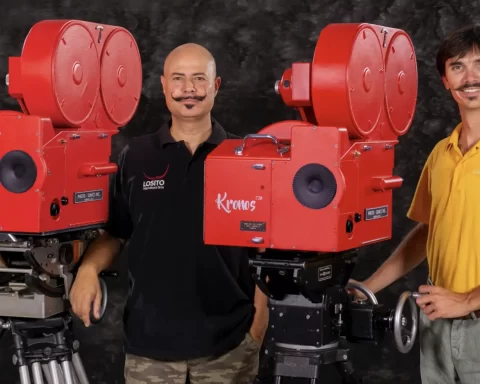
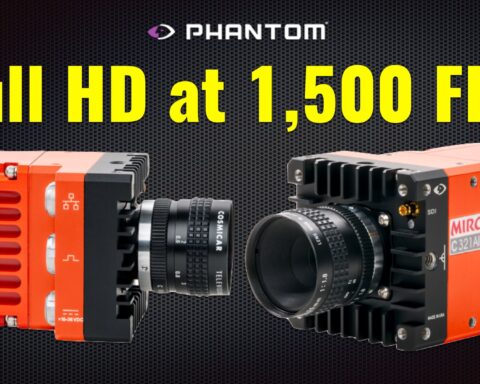
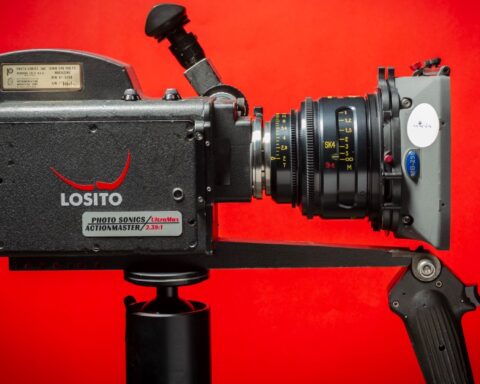
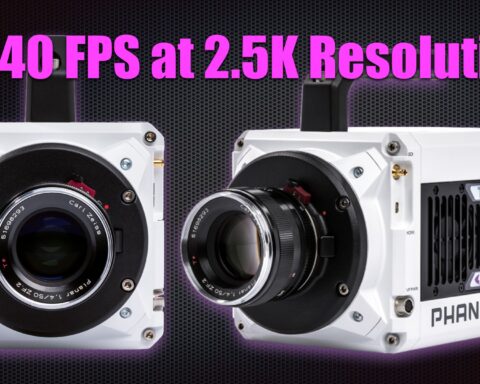
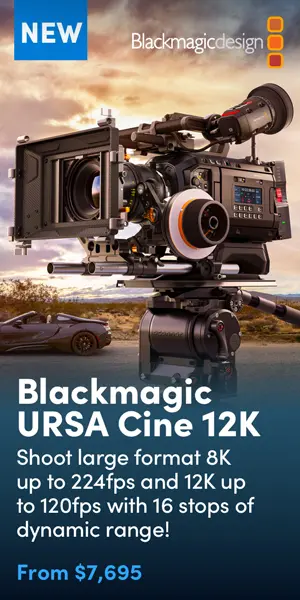
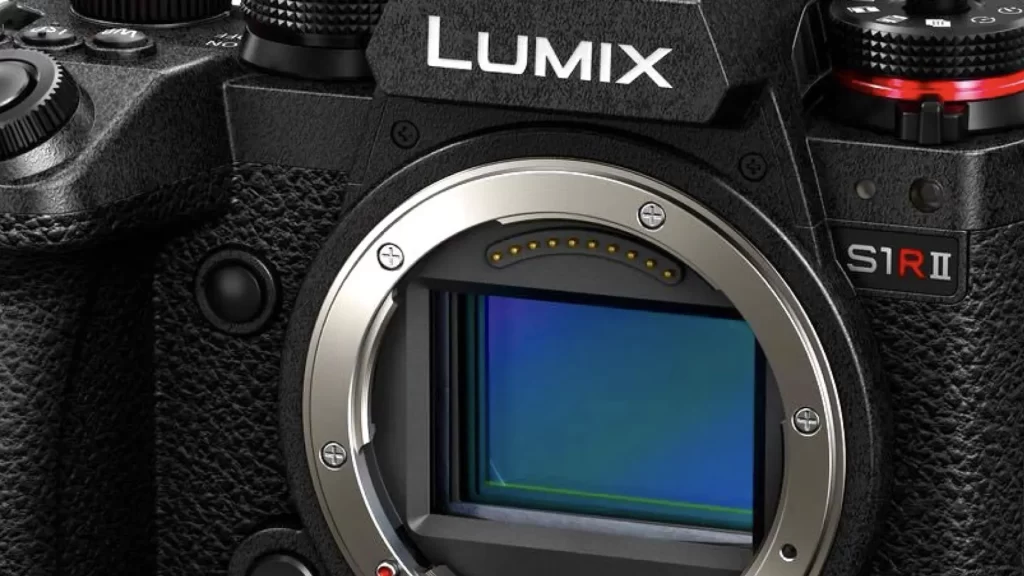
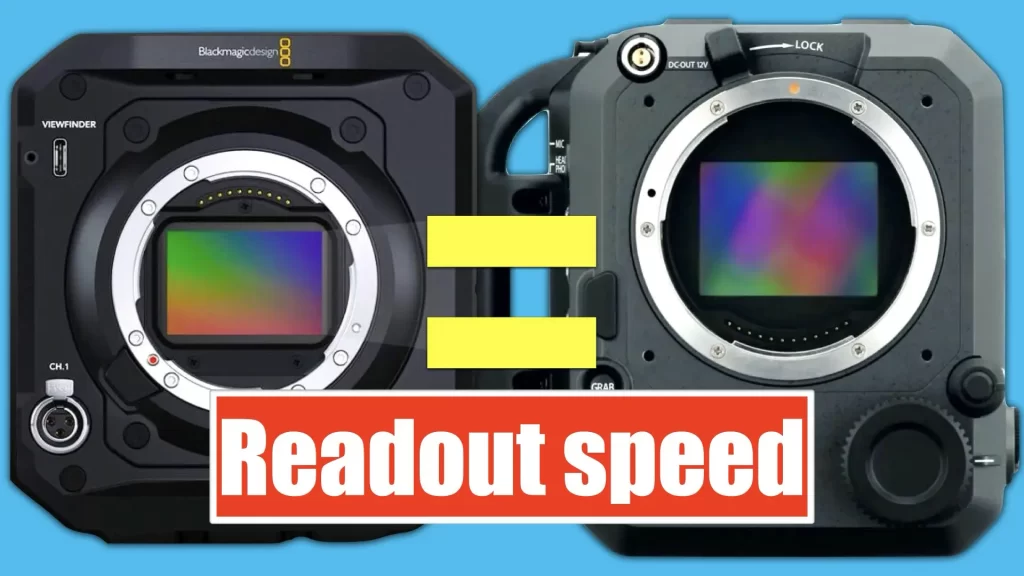
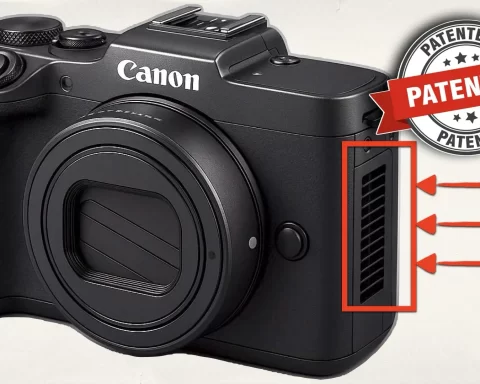
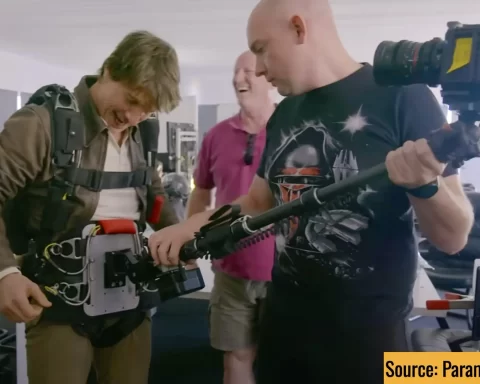


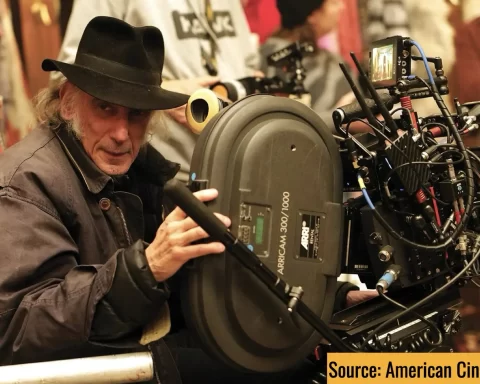
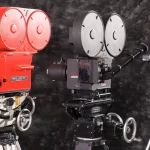
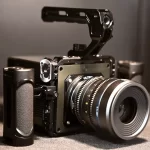
Another RED DSMC1 camera design path. Well, that is impressive scientific machine 3,760 FPS at 2.5K wow!
Interesting take! What about the KT Series reminds you of the RED DSMC1 design path? Is it the modular form factor, body proportions, or perhaps the overall aesthetic? While RED’s DSMC1 cameras were revolutionary for digital cinema, Vision Research has always focused on ultra-high-speed imaging, prioritizing function over form. The Phantom KT Series, like other Phantom cameras, is built for extreme frame rates with high-speed memory architecture—quite different from RED’s approach to raw cinema acquisition.